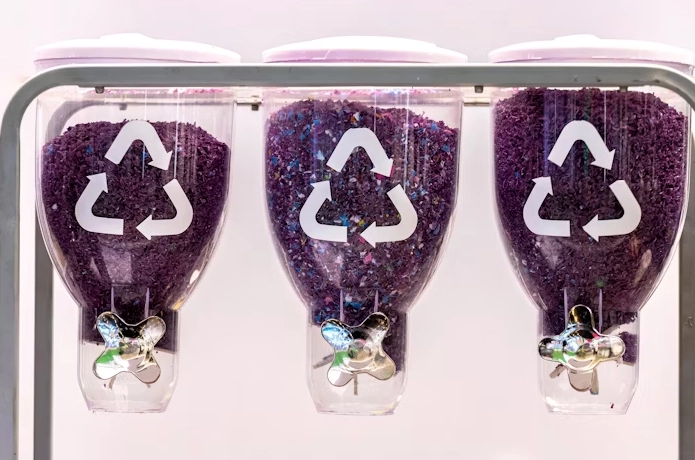What are the steps to collect specimens?
Release time: 2025-03-05
Collecting a specimen is an essential process in various fields such as medicine, research, and diagnostics. Whether you are a healthcare professional, a researcher, or an individual seeking information for personal reasons, understanding the proper techniques for collecting a specimen is crucial. In this blog post, we will provide a step-by-step guide on how to collect different types of specimens, ensuring accuracy and reliability in the results.
Understanding the Importance of Specimen Collection
Before delving into the specifics of specimen collection, it is important to emphasize its significance. A well-collected specimen forms the foundation for accurate diagnosis, research findings, and effective treatment plans. Improper collection can lead to contamination, sample degradation, or insufficient quantity, all of which can compromise the integrity of the results. Therefore, following standardized protocols and using appropriate equipment is essential.
Types of Specimens and Their Collection Methods
Blood Specimens
Blood specimens are commonly collected for a wide range of tests, including complete blood count (CBC), blood chemistry panels, and disease-specific markers. Here’s how to collect a blood specimen:
- Preparation: Ensure you have all the necessary equipment, including sterile gloves, alcohol swabs, a tourniquet, a needle, and collection tubes.
- Patient Preparation: Cleanse the patient’s skin with an alcohol swab at the chosen puncture site, usually the vein in the antecubital fossa.
- Application of Tourniquet: Apply a tourniquet above the puncture site to engorge the vein and make it more visible.
- Venipuncture: Insert the needle into the vein at a slight angle and collect the required amount of blood in the appropriate collection tubes. Different colored tubes indicate different types of blood tests.
- Bandaging: Once enough blood is collected, remove the tourniquet and apply gentle pressure to the puncture site with a cotton ball or gauze pad until bleeding stops. Then, secure a bandage over the site.
- Labeling: Clearly label the collection tubes with the patient’s information and the type of test requested.
Urine Specimens
Urine specimens are used for urinalysis, culture, and drug screening. The collection method may vary depending on the type of test:
- Clean-Catch Midstream: For routine urinalysis or culture:
- Cleanse the urethral area with a provided antiseptic wipe.
- Begin urinating into the toilet.
- Midway through urination, collect a sample in a sterile container.
- Finish urinating in the toilet.
- First Morning Void: For certain tests like microalbuminuria:
- Collect the entire first void of the morning in a clean, dry container.
- 24-Hour Collection: For assessing total urine output or specific substance excretion:
- Start at a specific time .e.g., after the first void upon waking.
- Collect all urine passed during the next 24 hours, including the final void at the same time the following day.
- Mix the collected urine thoroughly before measuring and submitting a portion as per instructions.
Stool Specimens
Stool specimens are crucial for detecting gastrointestinal infections, parasites, and digestive disorders. Follow these steps for collection:
- Container: Use a clean, dry, and leak-proof container provided by your healthcare provider or laboratory.
- Collection: Pass the stool into the container, ideally from a fresh bowel movement. Avoid contaminating the sample with water, toilet paper, or other materials.
- Submission: Seal the container tightly and follow any specific instructions regarding transportation and storage conditions. Some tests may require immediate delivery to the lab, while others can be refrigerated for a short period.
Swab Specimens
Swabs are often used to collect samples from wounds, throats, nasal passages, or other body sites for microbiological testing. Here’s how to collect a swab specimen:
- Preparation: Wear sterile gloves and open the sterile swab package without touching the swab tip.
- Collection: Gently rub the swab against the targeted area ,e.g., inside of the cheek for a throat swab several times to ensure adequate sample collection.
- Placement: Insert the swab back into its transport medium or sterile container, breaking the swab stick if necessary to fit.
- Labeling: Clearly label the container with patient details and the date/time of collection.
General Tips for Specimen Collection
- Always follow the specific instructions provided by the ordering physician or laboratory.
- Use only sterile, single-use equipment to prevent contamination.
- Handle specimens gently to avoid damage or alteration.
- Record all relevant patient information accurately on the specimen container and any accompanying documentation.
- Transport specimens promptly to the laboratory according to their specified requirements
Proper specimen collection is a critical aspect of medical diagnostics and research. By adhering to standardized procedures and maintaining strict hygiene practices, you can ensure that the collected specimens yield reliable and accurate results. Remember, when in doubt, consult your healthcare provider or laboratory for guidance tailored to your specific needs.


